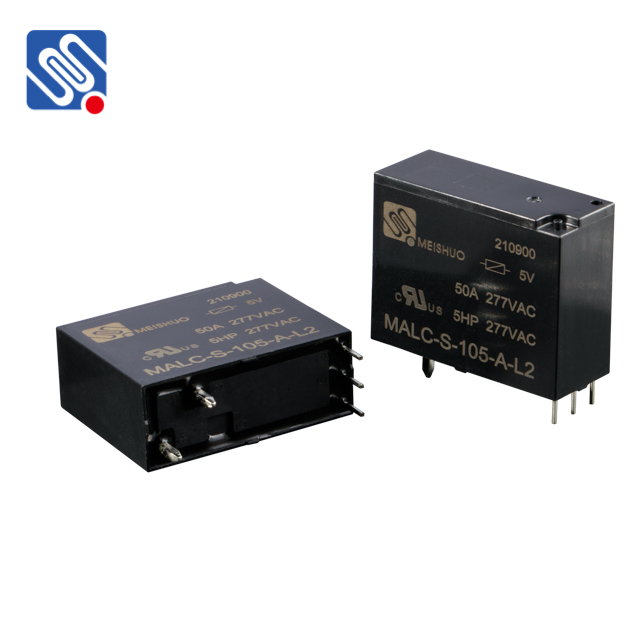In today’s rapidly evolving world, the demand for smarter and more efficient automation systems is constantly on the rise. Whether it’s for home automation, industrial control, or energy management, there is an increasing need for devices that not only perform their basic functions but also offer advanced features such as remote control, monitoring, and integration with other systems. One such innovation that has been gaining significant attention is the Smart Relay.

A smart relay, also known as a programmable relay or internet-connected relay, is an advanced version of the traditional electromechanical relay. While a standard relay simply opens or closes a circuit to control devices, a smart relay adds layers of functionality that make it a key player in modern automation systems. These relays offer far more than just simple switching—they can be controlled remotely, programmed to automate tasks, and integrated into smart home and industrial systems. The Basics of Smart Relays At its core, a smart relay functions similarly to a traditional relay: it is an electrical device that uses a low power input signal to control the switching of a higher power output circuit. However, unlike conventional relays, which are typically mechanical, smart relays are digitally controlled and equipped with microprocessors and connectivity features that allow them to interact with various systems, including smartphones, computers, and cloud platforms.